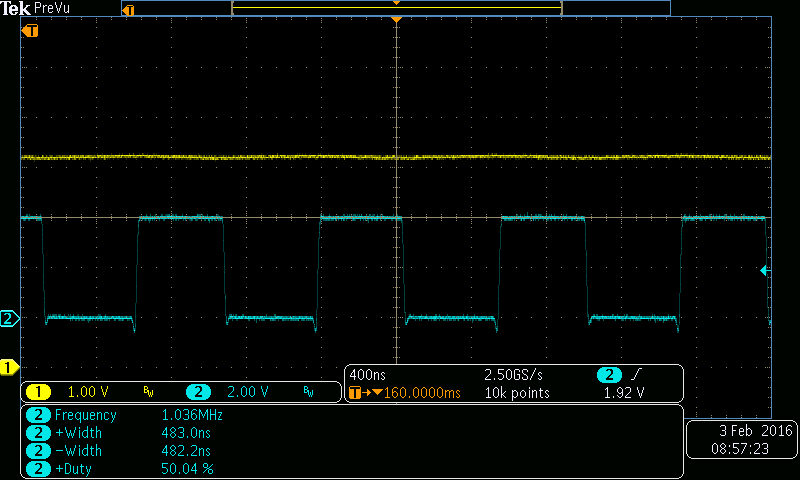Hi,
I am using BQ25010RHLR to charge the battery and provide 3,3V supply voltage for my Bluetooth unit.
when I connect the USB to charge the battery it does not charge the battery, it does not provide the 3.3V and the feedback reference voltage is 0V.
I checked that the 5V of the USB bus reaches the IC.
Now when I connect the VCC to 3V (look at the attached screenshot) it gets hot (80 C). and again the battery would not charge.
I did enable the charger by pulling down CE pin (by micro-controller cc2541).
This happend in all of my samples.



